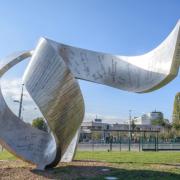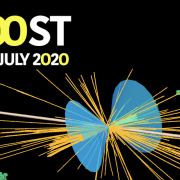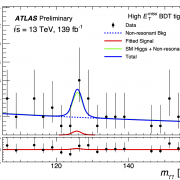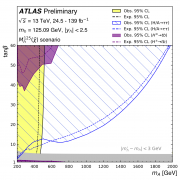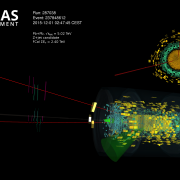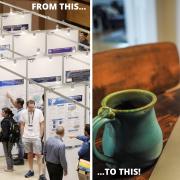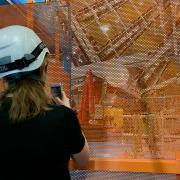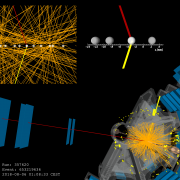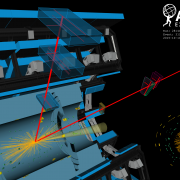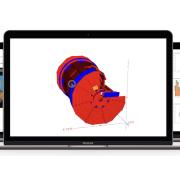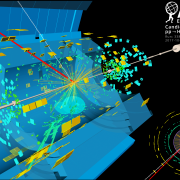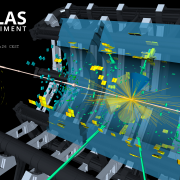Access to Collaboration Site and Physics Results
Updates tagged: “data preparation”

Ensuring high-quality data at ATLAS
During Run 2, ATLAS achieved an exceptionally high data-quality efficiency for a hadron collider, with over 95% of the 13 TeV proton-proton collision data certified for physics analysis. In a new paper released today, the ATLAS data quality team summarises how this excellent result was achieved.

The trouble with terabytes
2016 has been a record-breaking year. The LHC surpassed its design luminosity and produced stable beams a staggering 60% of the time – up from 40% in previous years, and even surpassing the hoped for 50% threshold. While all of the ATLAS experiment rejoiced – eager to analyse the vast outpouring of data from the experiment – its computing experts had their work cut out for them.
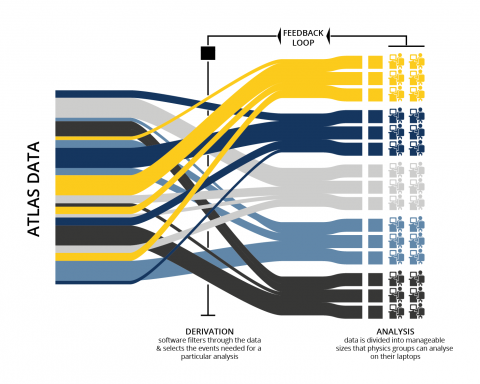
Behind very great results lies great computing
At the ATLAS experiment, masterful computing infrastructure is transforming raw data from the detector into particles for analysis, with a set direction, energy and type.
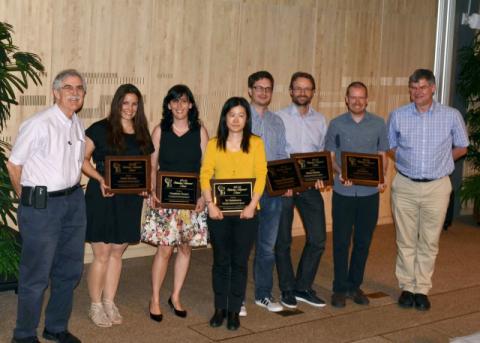
ATLAS awards Long Shutdown 1 achievements
The ATLAS Outstanding Achievement Awards 2015 were presented on 18 June to 26 physicists and engineers, in 11 groups, for their excellent work carried out during Long Shutdown 1 (LS1).

ATLAS records first test collisions at 13 TeV
On 20 May at around 22:24, ATLAS recorded the first 13 TeV test collisions delivered by the Large Hadron Collider. The proton collisions set a new high energy record, marking the beginning of ATLAS' journey into unexplored physics frontiers as we prepare for production data-taking, scheduled to start in early June.
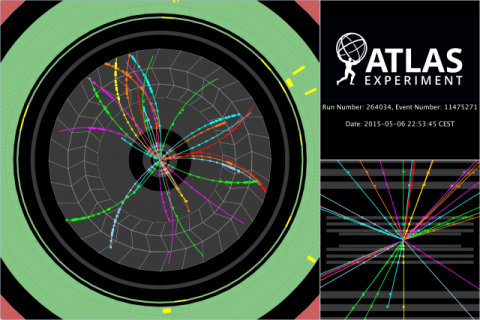
First collisions at injection energy
On the morning of 5 May 2015, ATLAS recorded the first scheduled proton beam collisions since the Large Hadron Collider and its experiments started up after two years of maintenance and repairs.
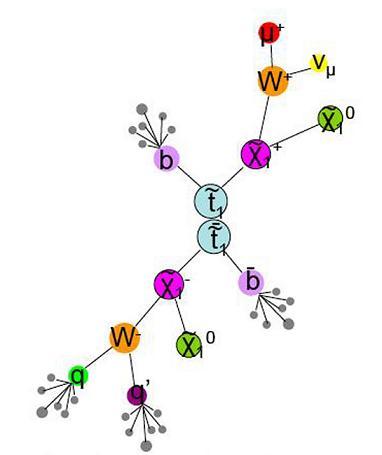
From 0-60 in 10 million seconds! – Part 2
This is continuing from the previous post, where I discussed how we convert data collected by ATLAS into usable objects. Here I explain the steps to get a Physics result. I can now use our data sample to prove/disprove the predictions of Supersymmetry (SUSY), string theory or what have you. What steps do I follow?
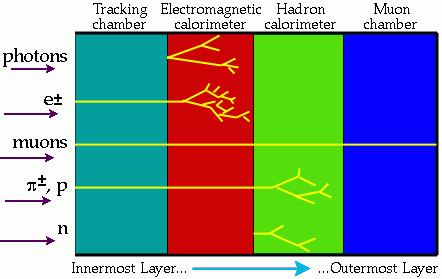
From 0-60 in 10 million seconds! – Part 1
OK, so I’ll try to give a flavour of how the data that we collect gets turned into a published result. As the title indicates, it takes a while! The post got very long, so I have split it in two parts. The first will talk about reconstructing data, and the second will explain the analysis stage.
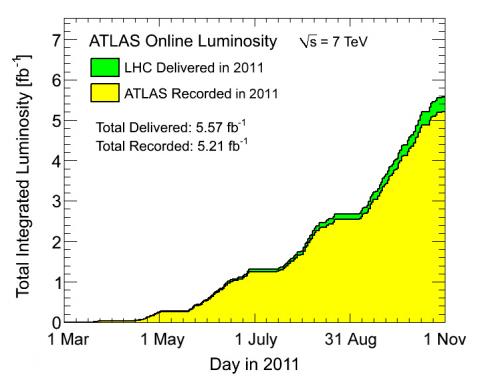
ATLAS reaches milestone: 5 inverse femtobarns of data!
In an amazing year that has exceeded our expectations, the Large Hadron Collider has delivered, and ATLAS has recorded, over 5 inverse femtobarns (fb-1) of collisions. These units correspond to having 3.4 x 1014 or 340 000 000 000 000 total collisions. Most analyses presented at the last major conference (the Lepton Photon Symposium in August in Mumbai) made use of about 1 fb-1, so this is a big jump.

ATLAS starting to get on Top of things
ATLAS is about to check one more particle off of its Standard Model (SM) checklist. Namely the top quark. This famous quark is perhaps one of the most complex of the SM particles.


